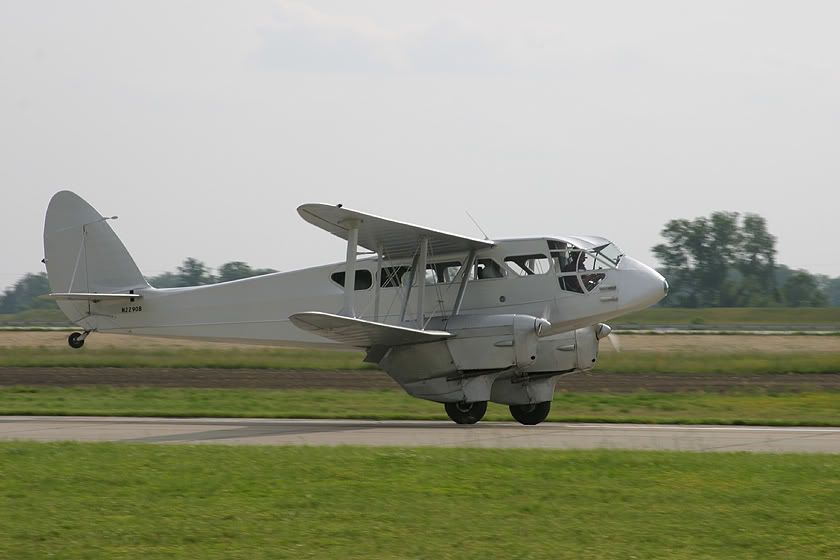ASpilot2be
Qbicle seat warmer
If you buy this ship, I will work on it and find a crew



Never cross any body of water in a single without gliding distance. Water kills. I'm terrified to cross the inlet here, just no sense in it, it will kill you quick if you go in the drink and Lake Michigan will too. Don't cross water single engine unless you've got survival gear, you're on floats, or you've got gliding distance. Any other time, and you are an idiot. Even in warm water you're an idiot. Why? Simple, when you knock yourself out on the panel as you impact the water if you misjudge your height, or a swell hits you, you drown. I don't have the huevos for it.
I'd be really cautious crossing the atlantic because I had floats. Get caught in a storm and the swells would probably rip them right off. Not a good time.
Just ship it.
-mini
It's good that you have set your personal minimums, every pilot should do the same. But, for a pilot to do what you would not does not make them an idiot.Never cross any body of water in a single without gliding distance. Water kills.
/SNIP/
Any other time, and you are an idiot.
/SNIP/
Even in warm water you're an idiot.
/SNIP/
I don't have the huevos for it.
Never cross any body of water in a single without gliding distance.
That's not entirely accurate....for a pilot to do what you would not does not make them an idiot.
How would F-16s ever leave North America following that advice?
You're right. But I don't think SE flights across large bodies of water qualify as "Hey y'all, watch this." moments.That's not entirely accurate.
-mini
You're right. But I don't think SE flights across large bodies of water qualify as "Hey y'all, watch this." moments.
For that matter, neither do SE night flights across mtn terrain. That's something I always catch flak for.
It's good that you have set your personal minimums, every pilot should do the same. But, for a pilot to do what you would not does not make them an idiot.
How would F-16s ever leave North America following that advice?
You're right. But I don't think SE flights across large bodies of water qualify as "Hey y'all, watch this." moments.
For that matter, neither do SE night flights across mtn terrain. That's something I always catch flak for.
I'm sure those guys have some survival gear onboard before they trip the light fantastic over the north atlantic. Still, I've seen people die in cold water like that, and that would be in the back of my mind the whole trip over there. To be honest though, it's probably cheaper to ship the SOB than fly it over, though I don't know the fuel burn.
1) Threre's nothing cost effective about combat aircraft.
2) The effect of taking a whole squadron of combat aircraft, pickling them up, and putting them on a ship for a month while they cross the Atlantic would cripple any war effort from an airpower perspective. Remember, that while one squadron is fighting the war, the replacement one is training...and at some point in time they have to swap over. If that process took two months on either end, we would have serious gaps in our capabilities.
The point of this is that there are people who go out and do exactly what you said only an "idiot" would do every day.
You probably don't think it's smart to fly formation at night, either. Or, have six aircraft in close formation in complete IMC. Or air-to-air refuel with both aircraft darked out at night. Or land on an unlit runway at night. Your bubble of what is "safe" and "smart" is different than what some other pilots have developed with their experience.
Without that, and such equipment, I still stand by my statement that only an idiot would do it. Equipment is the difference in this, and training. Anything is safe and smart provided the equipment and training is adequate, we're arguing semantics here.
Never cross any body of water in a single without gliding distance.
While I agree...that is not what your original post said.
Thanks guys for the advice. I believe that it is an old De Havilland piston twin manufactured in the 30s. He really didn't give much more info that that when he asked if I had any ideas.
It seems that the general consensus is to break it down and put it in a container. Can you even do that with such an old aircraft? Are there any businesses that specialize in this?

